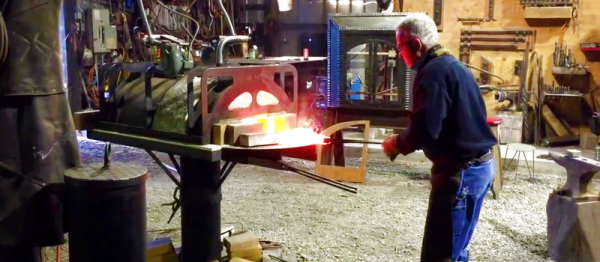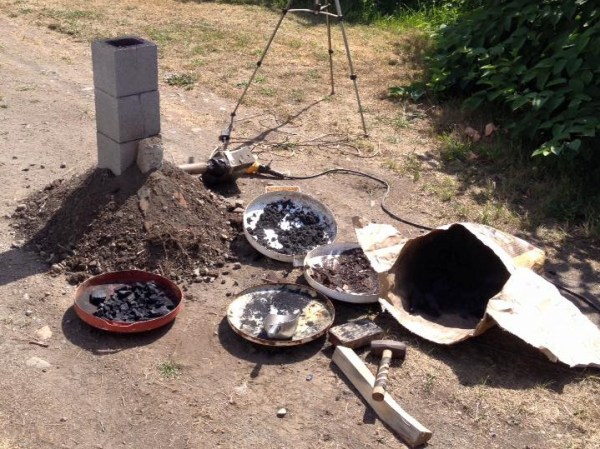Both “Nixie” and “Steampunk” are getting a bit overused. It’s hard to count the number of clock projects we’ve seen recently that combine the two, and normally we’d be loath to feature yet another variation on that theme without a good reason. This is a good reason.
The single-digit Nixie clocks that [Claes Vahlberg] built are, simply put, works of art. There’s a small version of the clock, featuring a single IN-16 Nixie, and a larger version that uses a Dalibor Farny custom Nixie, a work of art in its own right. Each clock has features like time and date, temperature and barometric pressure, and even days remaining in the current lunar cycle. The cases for the clocks, though, are the real treat. Hand forged from steel, they remind us of steam whistles on top of a boiler.
[Claes] doesn’t have many details on the build process — we’ve been in contact and he says he’s working on documentation — but it doesn’t matter. As if all that weren’t enough, the clocks are controlled by a remote, which has its own IN-16 tube and is motion controlled. The last bit is a nice touch since there are no buttons to distract from the smooth lines of the hammered metal case.
We gush, but we think this one really shines. That’s not to take anything away from previous Nixie-steampunk mashups, like this single-digit clock or this solar power meter. But these clocks are a step beyond.
Continue reading “Hand-Forged Cases Make Nixie Clocks Into Works Of Art”


















